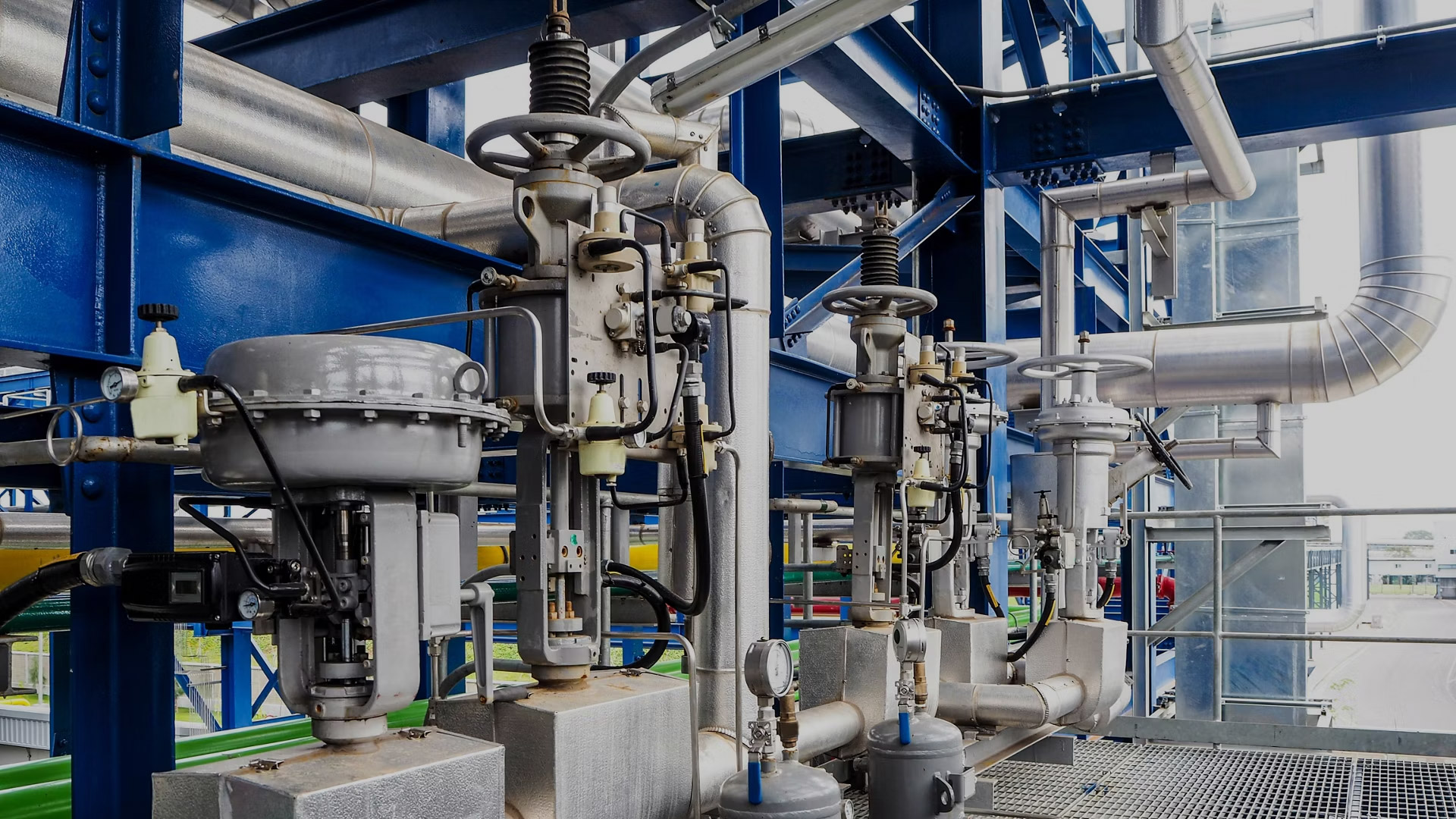
The Bolted Bonnet Forged Globe Valve is an essential component in fluid control systems, particularly in applications requiring precise flow regulation. The material processing of these valves plays a key role in ensuring their durability, performance, and reliability under varying conditions, such as high pressure, temperature, and corrosive environments.

Selection of Material
The step in material processing is selecting the right material for the valve body and other critical components. Common materials used for bolted bonnet forged globe valves include carbon steel, stainless steel, and various alloys. Carbon steel is widely used due to its cost-effectiveness and strength, while stainless steel offers corrosion resistance, making it suitable for more aggressive environments. The material choice depends on the operating conditions, including temperature, pressure, and the type of fluid being controlled.
Forging Process
Once the material is selected, the forging process begins. The material is heated to a specific temperature, and then it is shaped under high pressure to form the valve body. Forging ensures the valve body is strong and free of defects like cracks or voids, which might compromise the valve's performance. It also refines the material's grain structure, improving its mechanical properties.
Machining and Finishing
After forging, the valve undergoes machining, which involves shaping and refining the valve components to precise specifications. This process includes turning, milling, and drilling the valve body and other parts such as the bonnet and valve seat. Proper machining ensures that the valve will function smoothly and effectively. Finishing treatments, such as polishing and coating, are often applied to enhance surface quality and prevent corrosion.
Assembly
Finally, the forged valve components are assembled. The bolted bonnet is attached to the valve body using bolts, ensuring a secure, leak-free connection. This design allows easy maintenance and disassembly for repairs or replacements.
What are the Processes of Carbon Steel Globe Valve
The manufacturing process of a Carbon Steel Globe Valve involves a series of steps that transform raw materials into a fully functional valve, capable of regulating the flow of fluids in a pipeline. Carbon steel is a preferred material due to its strength, durability, and affordability, making it suitable for a wide range of industrial applications. The key processes involved are outlined below.
Material Selection
The step is selecting carbon steel as the primary material. Carbon steel valves are commonly used for non-corrosive environments where strength and durability are critical. Depending on the specific application, the carbon content of the steel can be adjusted to provide the desired mechanical properties. Carbon steel is a cost-effective choice for industries such as oil and gas, water treatment, and power generation.
Casting or Forging
The manufacturing of a carbon steel globe valve typically begins with either casting or forging. In the casting process, molten carbon steel is poured into molds to form the basic shape of the valve body. Forging, on the other hand, involves shaping the material by applying high pressure while it is heated to a specific temperature, which results in improved strength and toughness.
Machining
After the valve body is formed, it undergoes machining processes such as turning, milling, and grinding. These processes are used to refine the shape, size, and finish of the valve body, the stem, the disc, and the seat. Precision machining ensures that the valve components fit together correctly, allowing the valve to operate smoothly and reliably.

